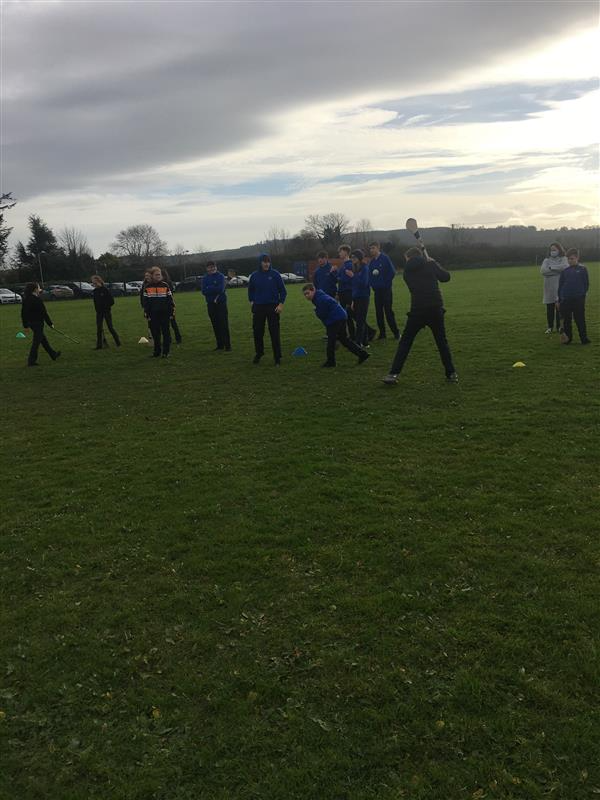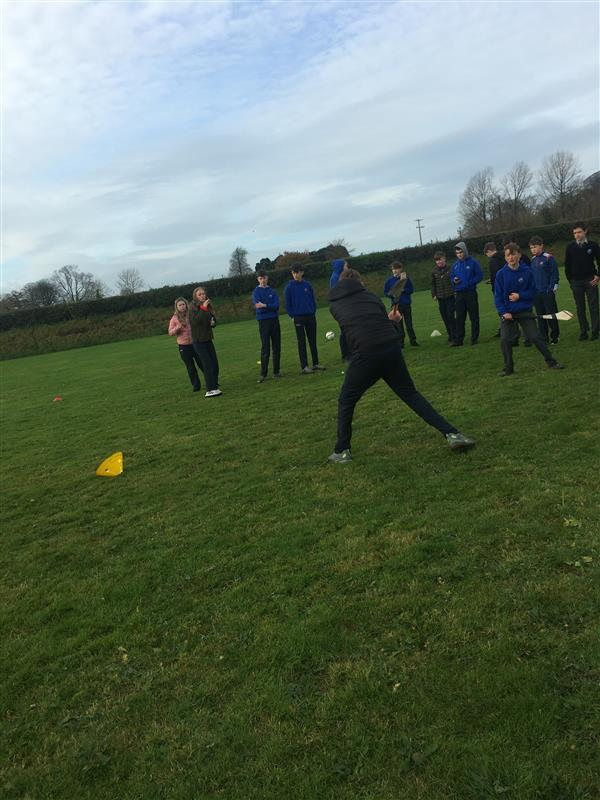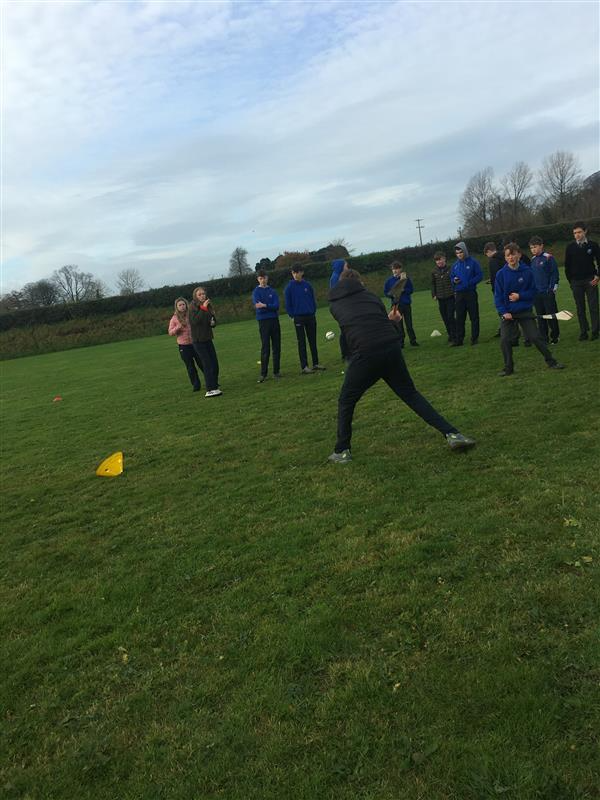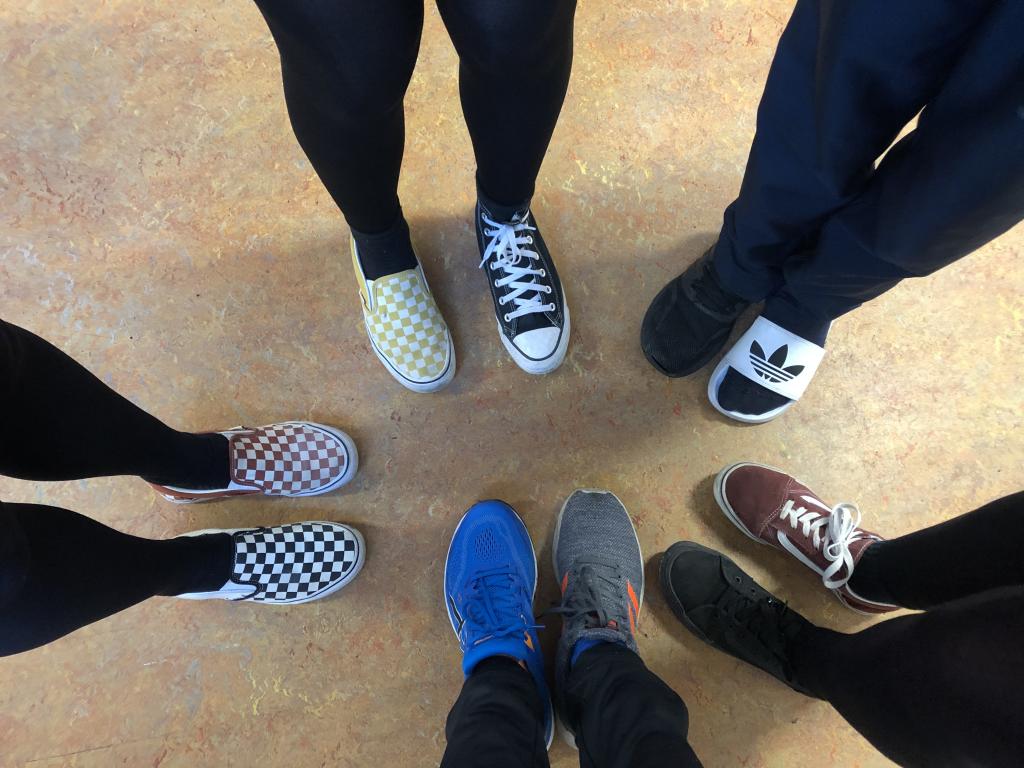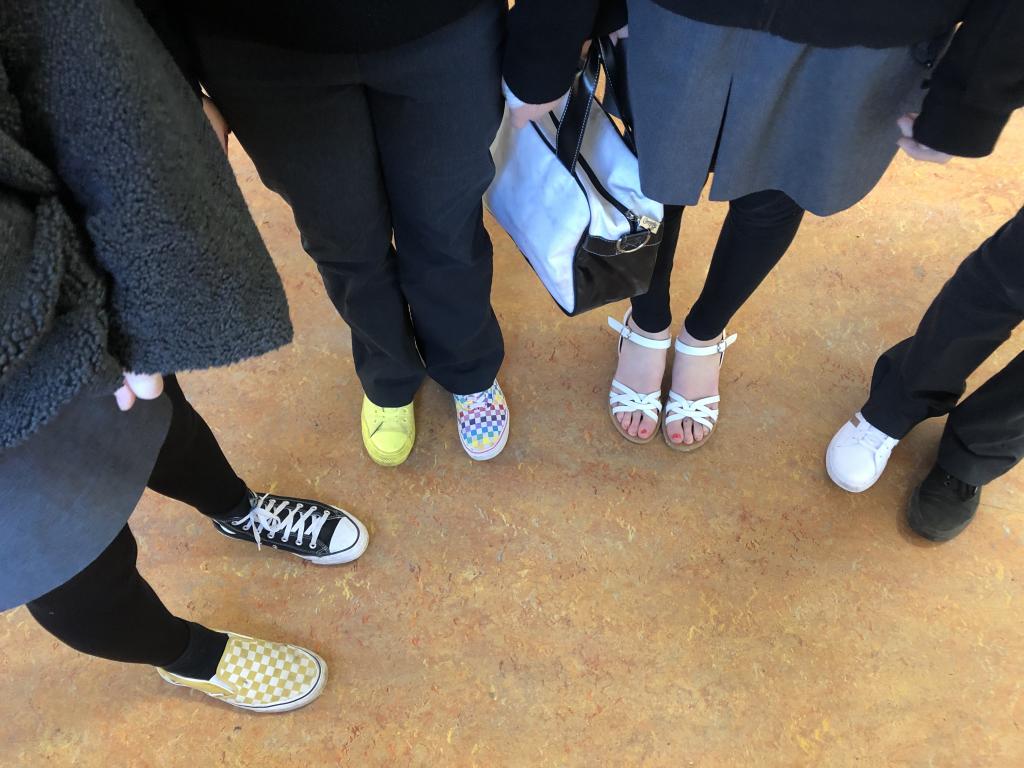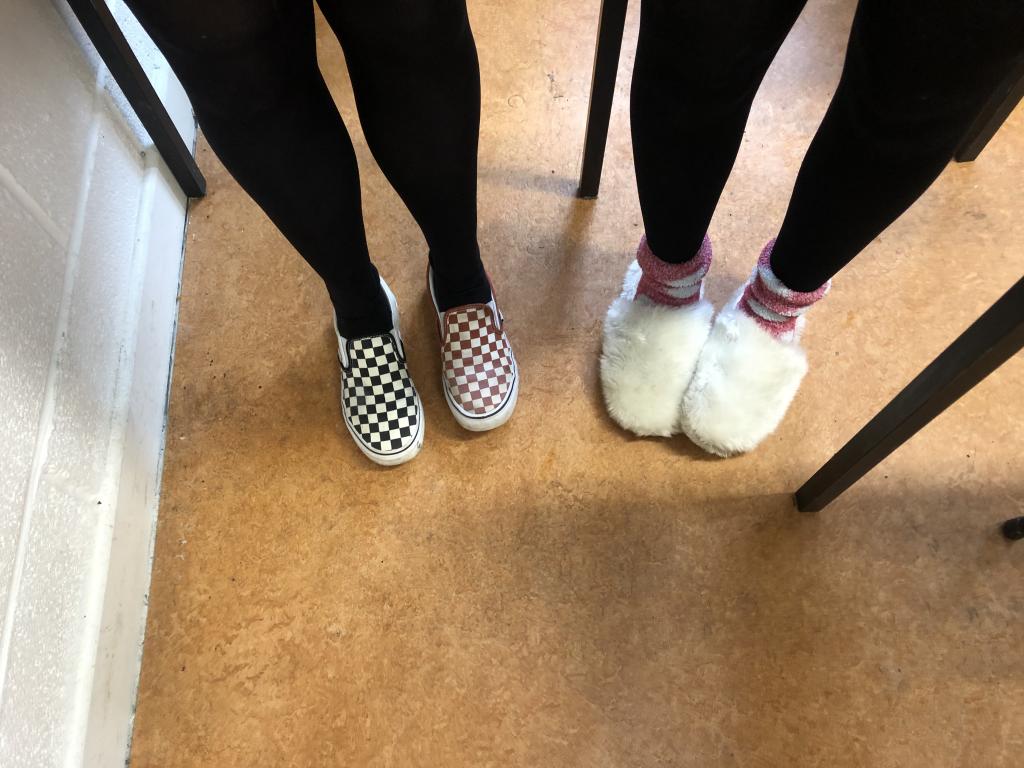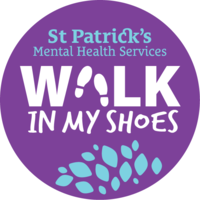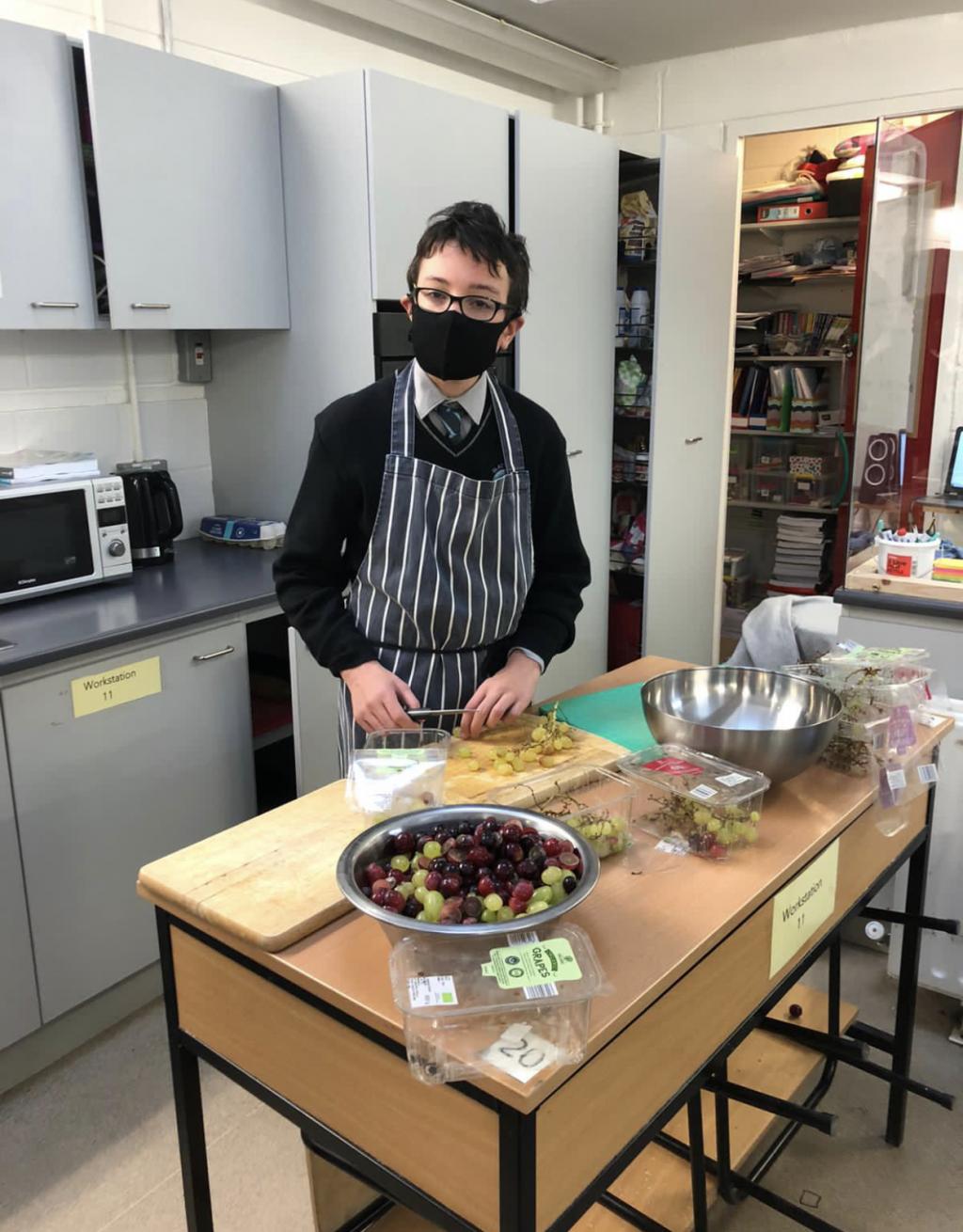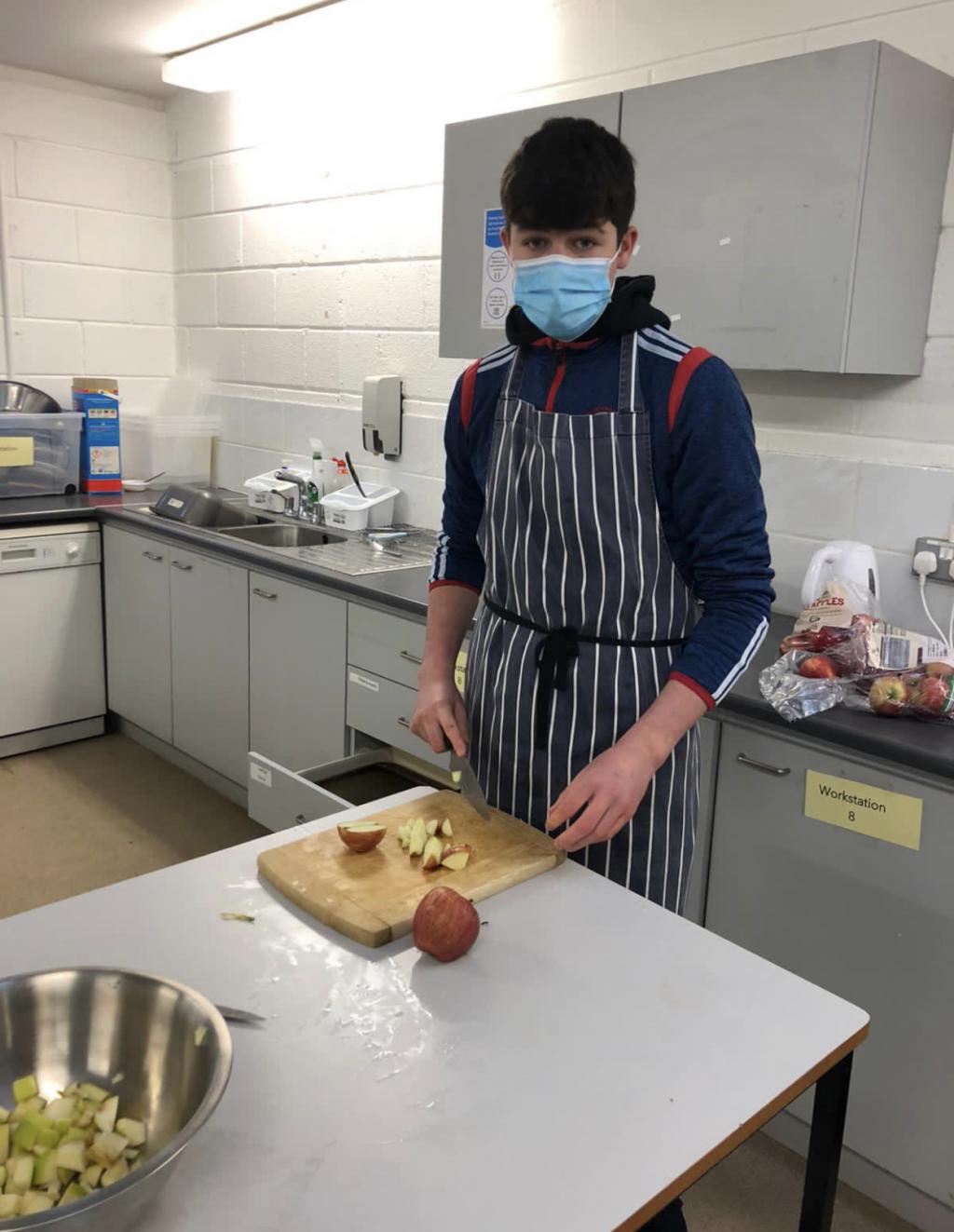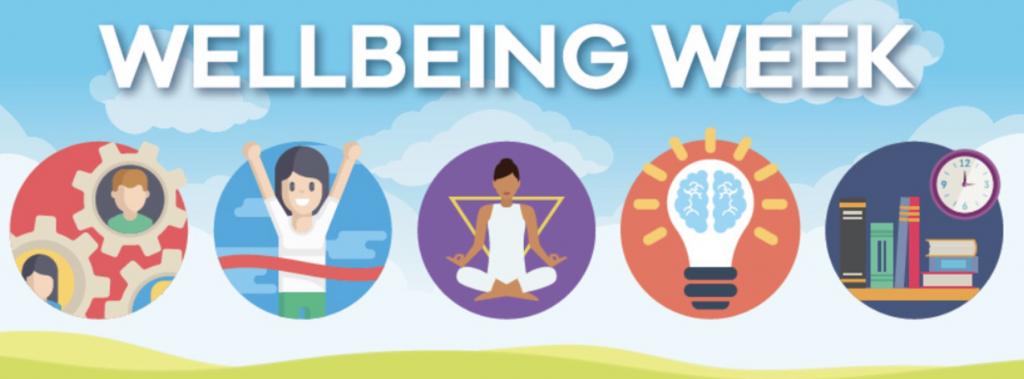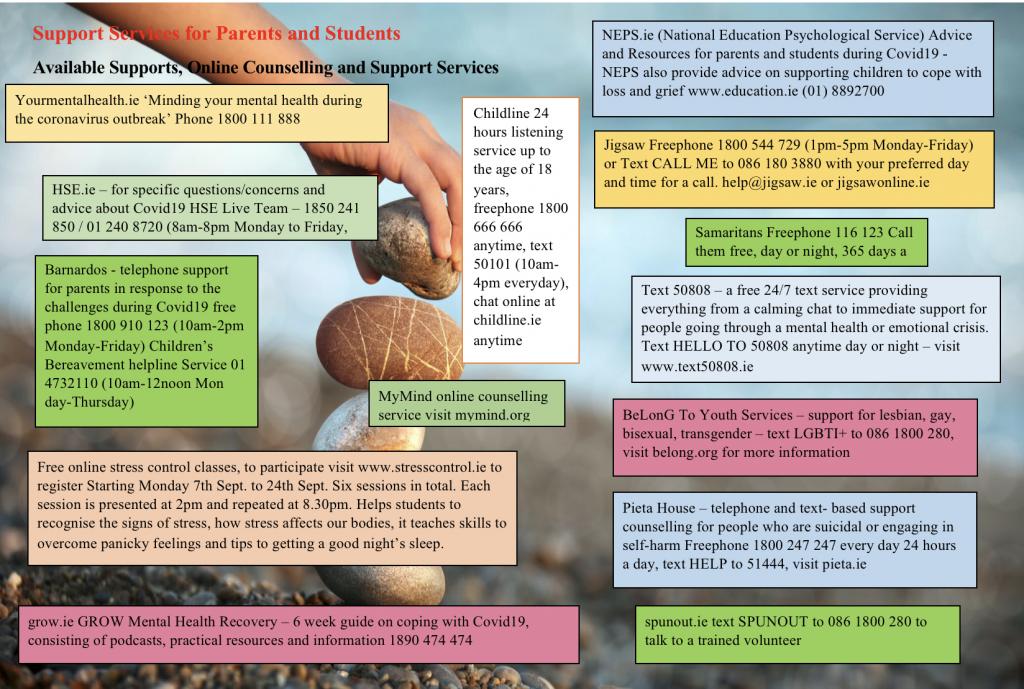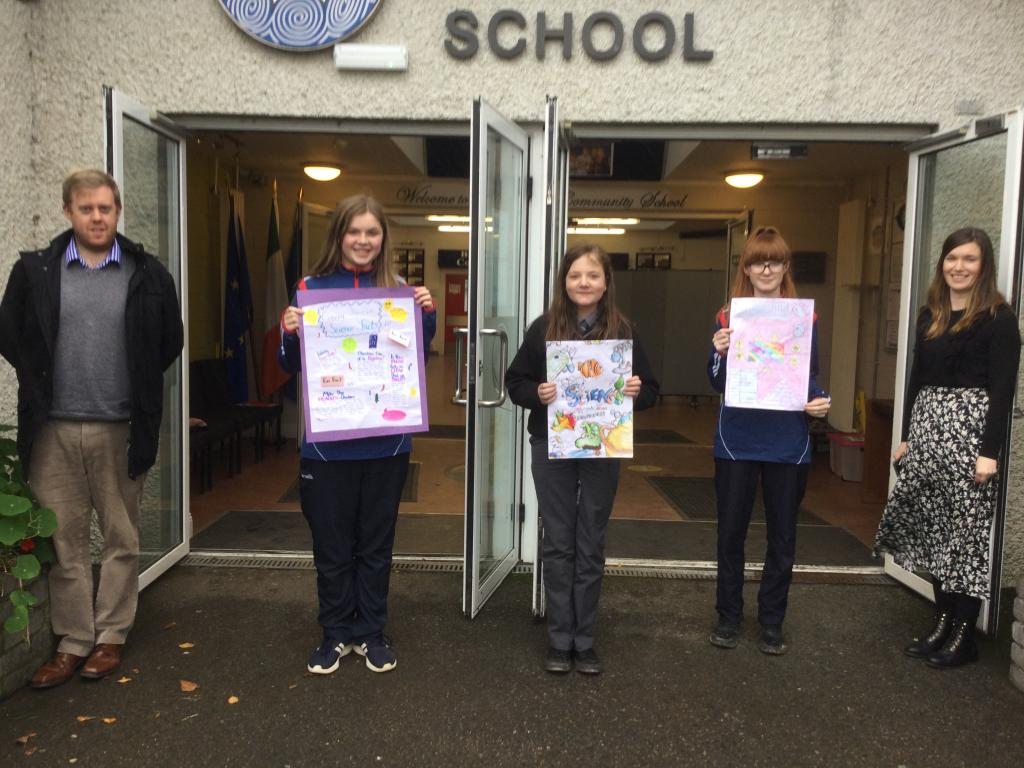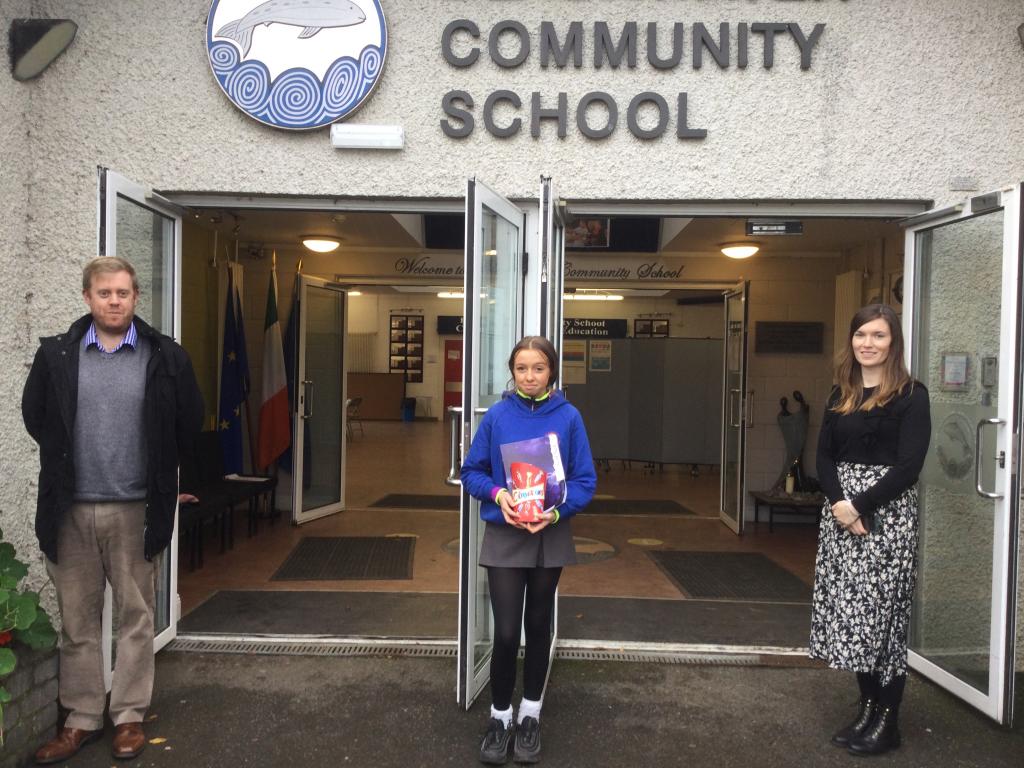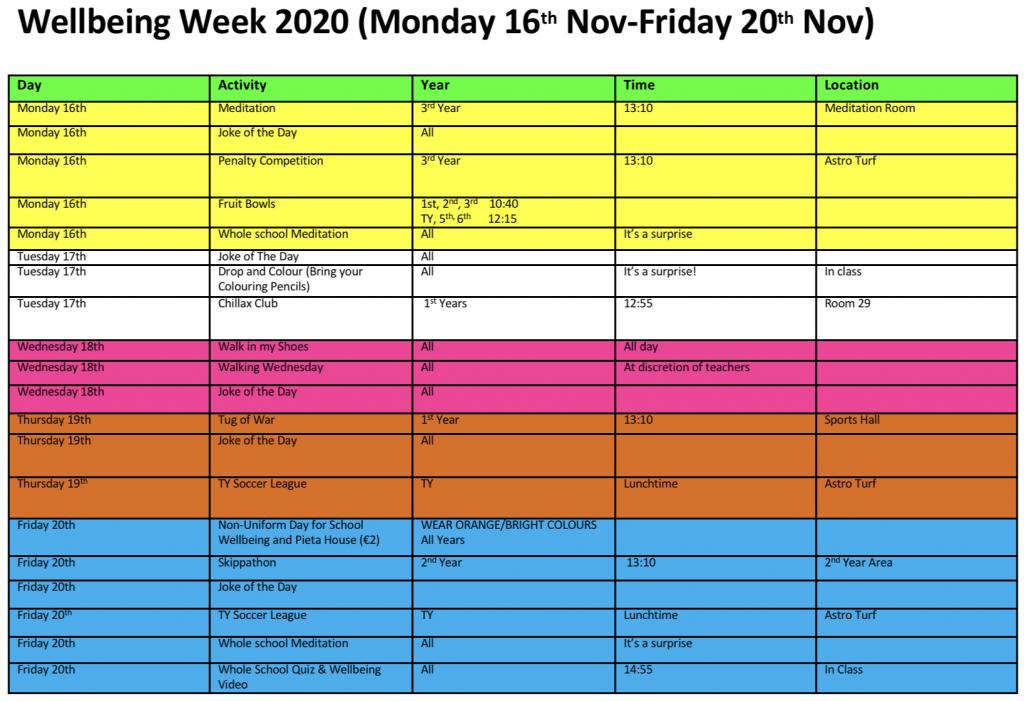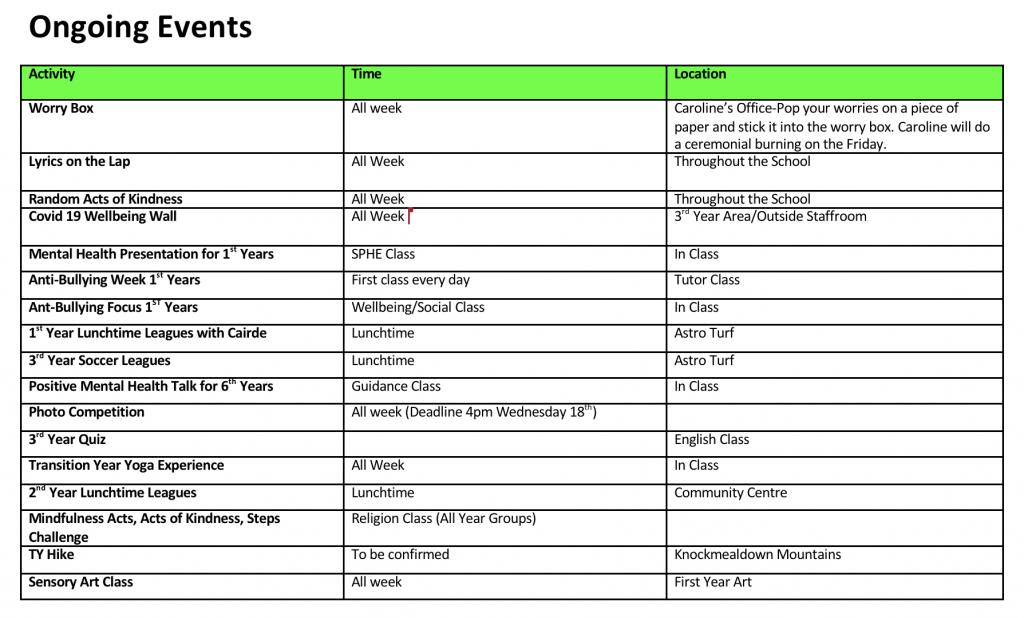Displaying 1481-1490 of 2777 results.
GAA Future Leaders
Created : 18 Nov 2020, 4:38 PM
Archived : 18 Jan 2021, 12:00 AM
Archived : 18 Jan 2021, 12:00 AM
The TY GAA Future Leader students organized a crossbar challenge event for 1st years last Friday 13th, as part of their events management module. This was a huge success and made for an enjoyable day. We would like to thank everyone who participated in the event and congratulations to our winners ,Ross Kavanagh 1A, David O Farrell 1A, Rian O Dwyer 1F, Paul Henley 1D1 and Keith Martin 1D2. You can also read out recent Newsletter here Please show your support by following us on Instagram @bcs_gaafutureleaders20.
Pdf-1
Pdf-1
Wellbeing Wall
Created : 18 Nov 2020, 3:47 PM
Archived : 18 Jan 2021, 12:00 AM
Archived : 18 Jan 2021, 12:00 AM
Well done to the students involved in creating this wonderful wall as part of Wellbeing Week
Wellbeing Week Day 3
Created : 18 Nov 2020, 1:47 PM
Archived : 18 Jan 2021, 12:00 AM
Archived : 18 Jan 2021, 12:00 AM
A huge thank you to all students and staff who supported Walk in my Shoes today. It was also great to see so many classes get out for a walk and to try and get their 10,000 steps in before leaving school.
Well done to Emma O’Brien who is our joke of the day winner.
Tomorrow our TYs will walk from Mellary back to school. 1st years have Tug of War at lunchtime and there are also many in class events being run.
Walk in my Shoes
Created : 17 Nov 2020, 8:25 PM
Archived : 17 Jan 2021, 12:00 AM
Archived : 17 Jan 2021, 12:00 AM
A gentle reminder to all staff and students that tomorrow we are having ‘Walk in my Shoes’ as part of Wellbeing Week.
Walk in my Shoes is the awareness-raising education campaign of St Patrick's Mental Health Service. The focus of this campaign is to encourage us all to think of what it is like to walk in other people's shoes before we pass judgement. We sometimes do not know the problems and issues that others face. We are asking all students and staff to support this campaign by wearing different colour shoes or some standout shoes, odd shoes, wellies, high heels etc!!. You do not have to wear them for the day! It would be great to see as many students and staff support this like you did last year.
Wellbeing Week Day 2
Created : 17 Nov 2020, 8:17 PM
Archived : 17 Jan 2021, 12:00 AM
Archived : 17 Jan 2021, 12:00 AM
It was a busy day in school today. There was complimentary fruit bowls available for students and staff provided by Miss Coleman, Mrs O’Sullivan and their team of students.
First years had a fantastic sensory art class with Miss Hegarty and Mrs A. Leahy.
Miss Maher, Mr Fennessy and a few of our TY students decorated our Covid Wellbeing Wall.
Some of our TY students had Yoga experience with Mrs C.Leahy. The rest of the TYs will do this on Friday. First years had Chillax club with Miss D.Finnerty.
The winner of the joke of the day was Roan Carey. Well done Roan. Keep those jokes coming into Mr Murray.
We also had a whole school mindfulness colouring period which proved very popular with all our students.
Don’t forget that tomorrow is the closing day for the photography competition. There has been some lovely photos coming in and the Art department are going to have a difficult job choosing the winners!
BT Young Scientist Exhibition 2021
Created : 16 Nov 2020, 8:51 PM
Archived : 16 Jan 2021, 12:00 AM
Archived : 16 Jan 2021, 12:00 AM
The Science Department at Blackwater Community School would like to congratulate Grace Arrigan and Cameron Bell on being successful in their application to compete in the BT Young Scientist Competition. It is a very competitive application process, both students should be very proud to have achieved a place in the competition. Their project titles are listed below.
Name: Cameron Bell
Project Title: Wind Turbine
Category: Technology
Name: Grace Arrigan
Project Title: A Statistical Analysis of Student's School Experiences With Intellectual Disabilities VS Non-Intellectual Disabilities.
We would also like to wish the following students the best of luck with their entries into the Scifest Competition that will take place March/April 2021. Their project titles are listed below.
Name: Stephen Quinn
Project Title: Scientific Benefits of Rowing
Names: Shane Cronin and Stephen Roche
Project Title: The Different Body Compositions of Professional Athletes and How IT Affects Their Sport
Name: Sean O’Rourke
Project Title: A Statistical Analysis into how technological developments in the film Industry influences the choice of film by teenagers today
Names: Giovanni De Souza, Sam Blackwell and Connor Marsh:
Project Title: An Investigation into the Effects of Some Electronics On Teenage Mental Health
Names: Emma Hickey, Emma Roche, Meadbh Ormonde:
Project Title: A statistical analysis to Investigate Why Woman Are Less Likely to choose a career In A STEM. subject.
Wellbeing Week Day 1
Created : 16 Nov 2020, 8:36 PM
Archived : 16 Jan 2021, 12:00 AM
Archived : 16 Jan 2021, 12:00 AM
Well done to everyone involved in today’s events. There was a beautiful whole school meditation led by Miss Murphy, lunchtime leagues and 1st years started their Anti-Bullying Week. The winner of the Monday ‘Joke of the Day’ was Caoimhe McCormack.
Tomorrow’s events include Chillax Club for first years, Drop and Colour for the whole school (Don’t forget your colouring pencils) and there will also be complimentary fruit bowls available at lunchtime.
Don’t forget you can still enter the Joke of the Day competition and Mr Murray will present prizes to the five winners on Friday. Prize money is also available for the photography competition. Please see the posters around the school.
Supports for Students and Parents
Created : 15 Nov 2020, 8:48 PM
Archived : 15 Jan 2021, 12:00 AM
Archived : 15 Jan 2021, 12:00 AM
Ahead of Wellbeing Week in the school, we remind students and parents of the many services and supports available to them.
Science Week
Created : 15 Nov 2020, 4:52 PM
Archived : 15 Jan 2021, 12:00 AM
Archived : 15 Jan 2021, 12:00 AM
Well done to all on their participation in the various activities during Science Week. Well done to all who entered the poster competition and to the winners 1st Stephanie Lenihan, 2nd Lucy Coughlan and 3rd Julieanne Daly. Congratulations also to second year student Hannah Norman who won the Lismore competition
Wellbeing Week 2020
Created : 12 Nov 2020, 8:19 PM
Archived : 12 Jan 2021, 12:00 AM
Archived : 12 Jan 2021, 12:00 AM
Next week we will celebrate Wellbeing Week in the school. The aim of the week is to bring a bit of fun to school life during these challenging times but also to expose students to different ways they can cater for their own mental health.
There is a huge timetable of activities as well as many ongoing events. If you have any funny jokes, please share them with Mr Murray and yours might make it as the joke of the day and be called out over the intercom.
The art department are also challenging us all to come up with a photo to reflect on how we have all grown in 2020. Please see the posters attached.
